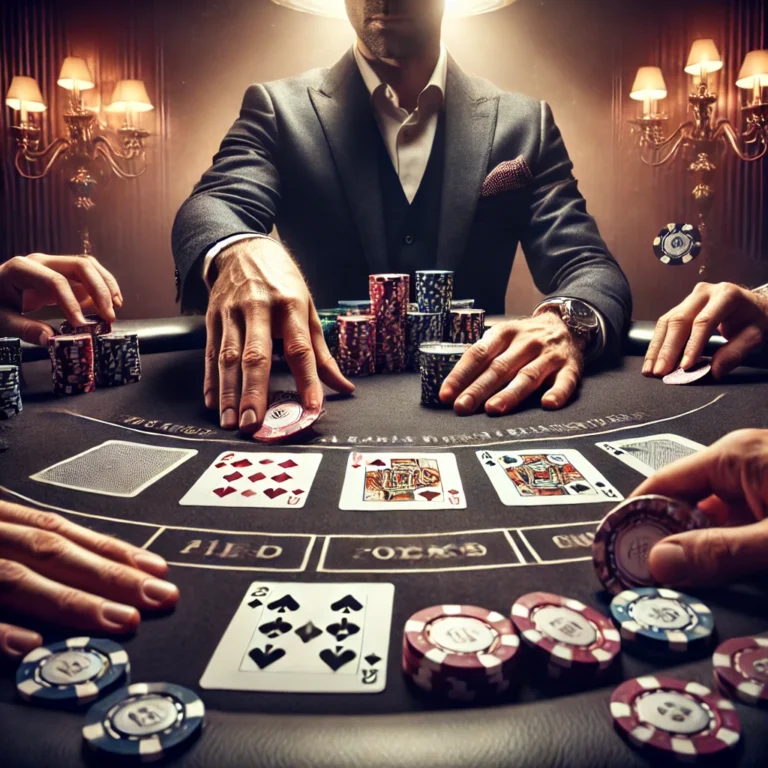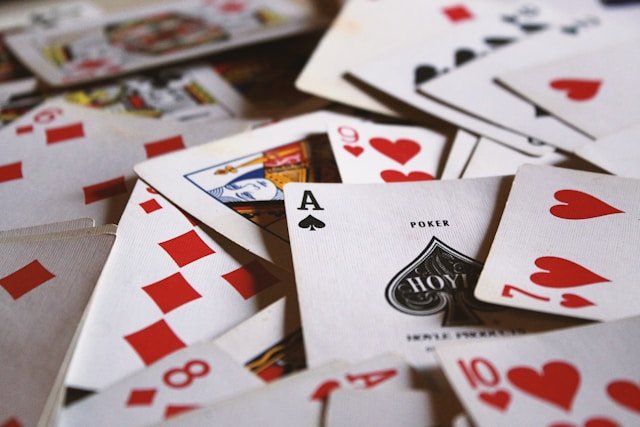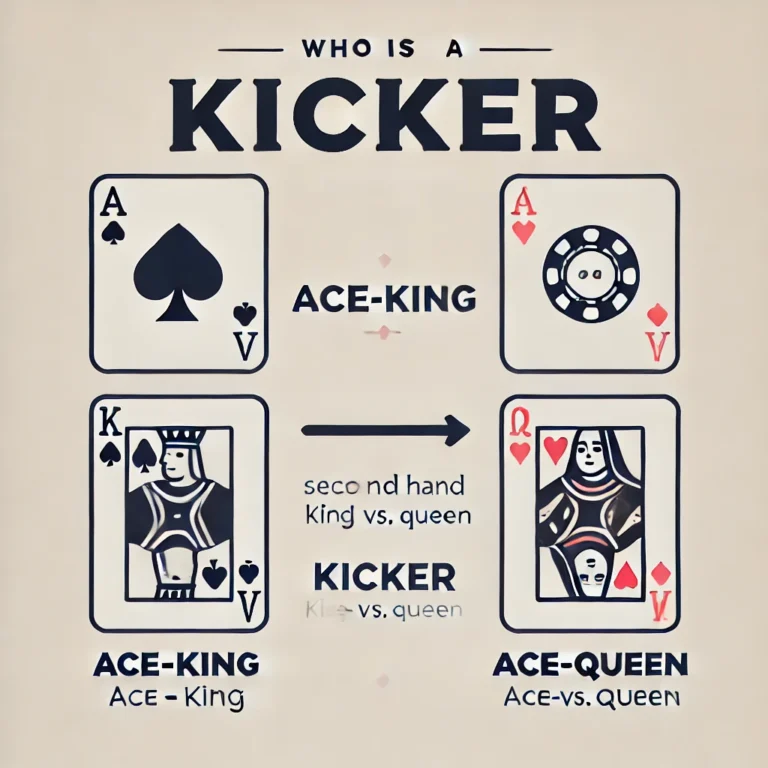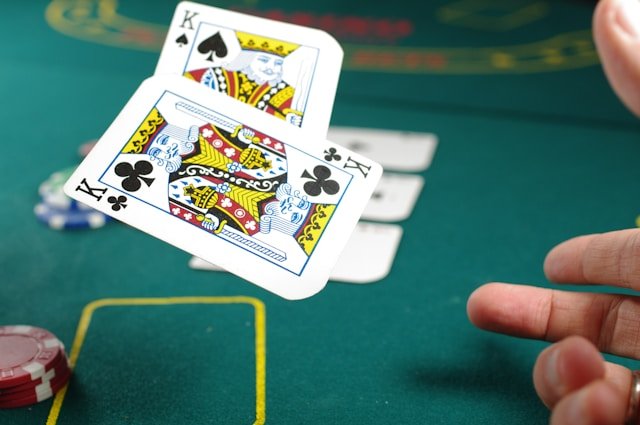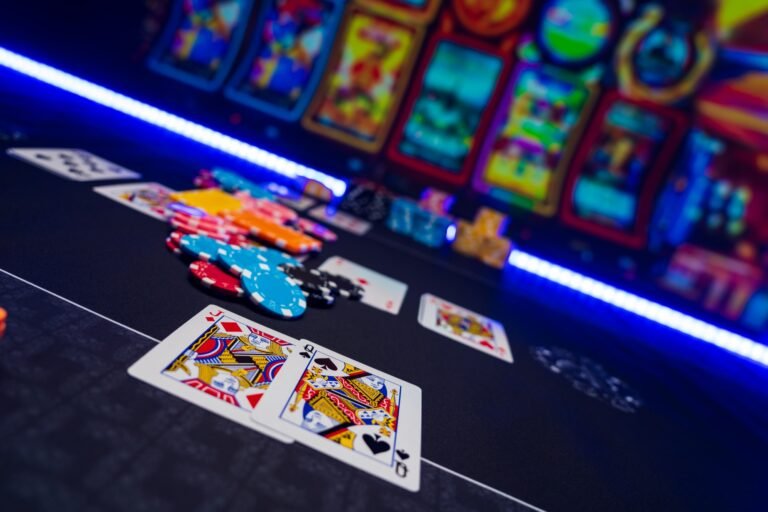The term “poker face” refers to a facial expression that remains emotionless and neutral, regardless of the underlying feelings or thoughts of the person. This term originates from the game of poker, where players must conceal their emotions and intentions to avoid giving away information about their hand to opponents. However, the concept of a poker face has transcended the game itself and found relevance in various aspects of life, including business negotiations, competitive sports, and social interactions.
What is a Poker Face?
It is a facial expression that remains neutral and emotionless, revealing no clues about a person’s thoughts, feelings, or intentions. The term originates from the game of poker, where players aim to keep their emotions hidden to prevent opponents from gaining insights into their hands. The concept of a it has broader applications in various aspects of life, from business negotiations to social interactions.
Characteristics of a Poker Face
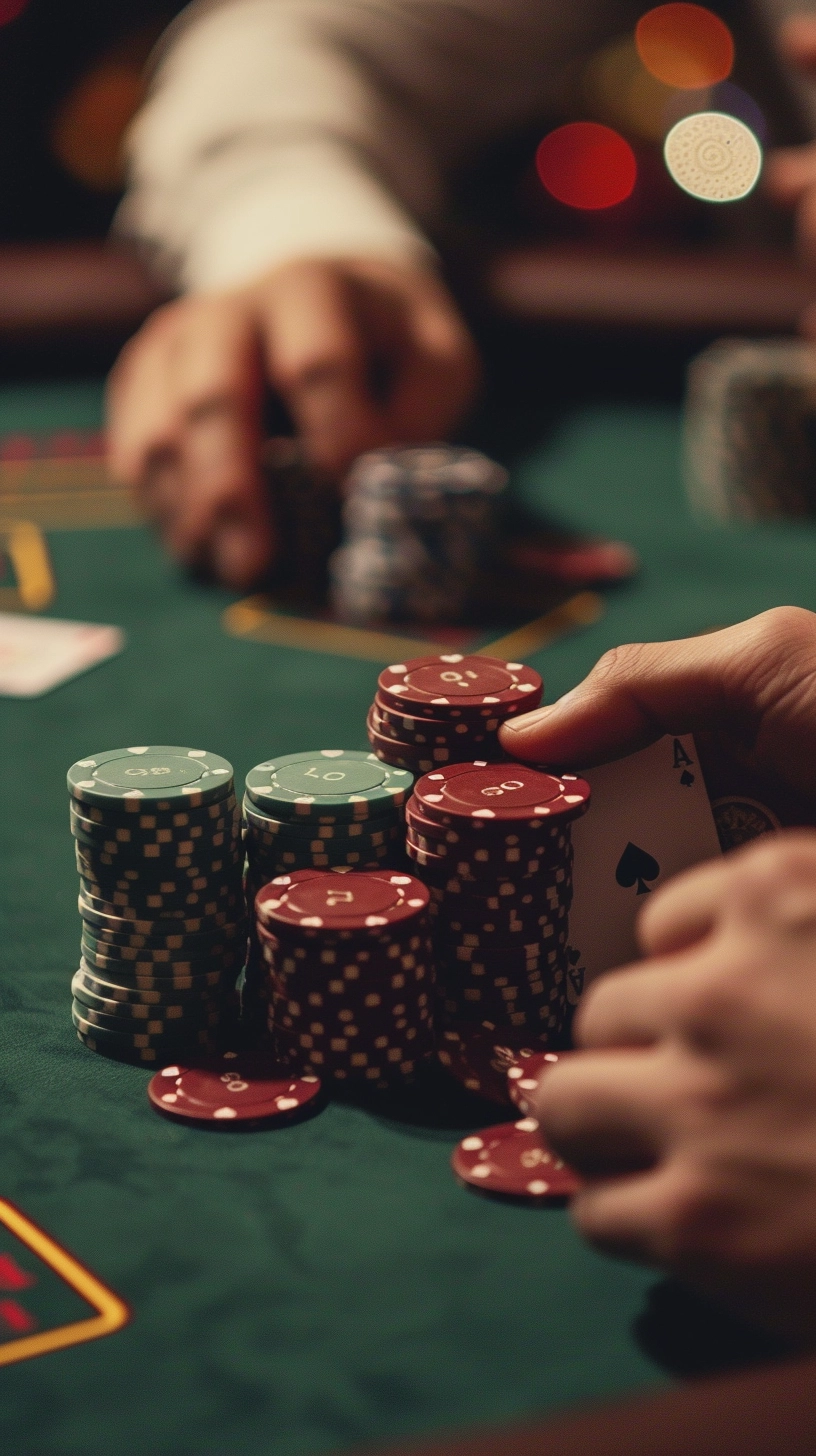
The term “poker face” is widely recognized, not only in the context of the card game but also in various real-life scenarios where maintaining a neutral and unreadable expression is beneficial. The ability to keep one’s emotions hidden is a crucial skill in poker, where revealing any hint of one’s hand can significantly impact the outcome of the game. Here, we explore the defining characteristics of a poker face and how these features contribute to effective gameplay and other competitive situations.
Neutral Expression
The cornerstone of a poker face is its neutrality. A neutral expression involves keeping the face devoid of any visible emotion. This means no smiles, frowns, or other facial movements that could indicate excitement, disappointment, or surprise. Maintaining a blank expression helps in preventing opponents from gaining insights into the strength or weakness of one’s hand.
- No Smiling or Frowning: Smiles can indicate confidence or satisfaction, while frowns might suggest frustration or disappointment. Keeping these expressions in check is essential.
- Relaxed Facial Muscles: Tensed facial muscles can hint at anxiety or concentration. A poker faces requires relaxed facial muscles to avoid giving away such cues.
Controlled Body Language
A theory of the poker faces extends beyond facial expressions to include overall body language. Players must control their movements and maintain a calm and composed demeanor.
- Minimized Gestures
Excessive hand movements or gestures can be distracting and might unintentionally reveal nervousness or excitement. Keeping gestures to a minimum helps in maintaining the illusion of calmness.
- Steady Posture
Maintaining a consistent posture is crucial. Frequent shifting or fidgeting can be perceived as signs of discomfort or uncertainty.
- Controlled Breathing
Even breathing patterns can be a giveaway. Rapid or uneven breathing might indicate stress or anxiety. Players should strive to keep their breathing steady and controlled.
Steady Gaze
The eyes are often considered the windows to the soul, and in poker, they can be a significant source of tells. A steady gaze is an important component of a poker face.
- Avoiding Eye Contact
Some players find that avoiding direct eye contact helps in maintaining their poker face, as it prevents opponents from reading their eyes.
- Consistent Eye Movements
Rapid eye movements or frequently looking away can signal nervousness or the presence of a strong hand. Maintaining consistent and deliberate eye movements can help in concealing true intentions.
4. Emotional Regulation
Emotional regulation is a critical psychological aspect of maintaining a poker face. Players must be adept at managing their internal emotional responses to avoid external displays.
- Suppressing Reactions
Whether it’s excitement from a good hand or frustration from a bad beat, suppressing these reactions is key. Players must learn to internalize their emotions.
- Maintaining Composure
High emotional intelligence is required to stay composed under pressure. This involves staying calm and collected, regardless of the game’s circumstances.
Focus and Concentration
Maintaining a poker face demands a high level of focus and concentration. Players need to be aware of their own behavior while also paying close attention to their opponents.
- Self-Awareness
Being conscious of one’s own physical and emotional state is essential. This self-awareness helps in adjusting and maintaining a poker face.
- Observation Skills
While keeping a poker face, players must also observe their opponents for any tells. This dual focus can provide a strategic advantage.
Consistency
Consistency is key to an effective poker face. Any deviation from one’s usual demeanor can be a tell in itself.
- Maintaining Routine Behavior
Players should strive to behave consistently, regardless of their hand’s strength. This involves adopting a standard routine that does not change based on the situation.
- Avoiding Patterns
Opponents can pick up on patterns of behavior. Avoiding predictable actions helps in maintaining the effectiveness of a poker face.
The Role of a Poker Face in Poker
In poker, players aim to win chips or money by either having the best hand or convincing other players to fold their superior hands. To achieve this, players employ strategies of deception, which involve bluffing—betting or raising with a weak hand to give the impression of strength. A crucial element of successful bluffing is maintaining a poker face, which prevents opponents from reading one’s true intentions. A player with a tell—a noticeable reaction or change in demeanor—can inadvertently reveal the strength or weakness of their hand, giving opponents an advantage.
Psychological Aspects of a Poker Face
Emotional Regulation
Mastering a poker face requires high emotional intelligence and the ability to regulate one’s emotions effectively. Players need to manage both positive and negative emotions, such as excitement from a strong hand or frustration from a bad beat, to avoid revealing information.
Body Language Control
A poker face extends beyond facial expressions to include body language. Subtle movements, such as fidgeting, changes in posture, or even variations in breathing, can be interpreted by observant opponents. Skilled players control these physical cues to avoid giving away any tells.
Focus and Concentration
Maintaining a poker face demands intense focus and concentration. Players must remain aware of their own behavior while simultaneously observing their opponents for any signs of weakness or strength.
The Dark Side of a Poker Face
While a poker face can be advantageous, it also has potential downsides. Consistently hiding one’s emotions can lead to misunderstandings and reduced trust in personal relationships. Additionally, the effort required to maintain a neutral expression can be mentally exhausting, potentially leading to stress and emotional burnout.
The Broader Application of the Poker Face
Beyond the poker table, the concept of a poker face has found utility in various fields:
Business Negotiations
In high-stakes business deals, maintaining a poker face can prevent revealing one’s position or reactions, thereby gaining a strategic advantage.
Competitive Sports
Athletes often use a poker face to mask their fatigue, pain, or strategic intentions from opponents.
Social Interactions
In everyday life, this facial expression can help manage social dynamics, allowing individuals to navigate complex conversations without revealing too much.
It is a powerful tool that can offer significant advantages in various competitive and social contexts. Its effective use involves a blend of emotional regulation, body language control, and focused concentration. It is essential to balance the use of a poker faces with genuine emotional expression to maintain healthy relationships and well-being. Whether in poker, business, sports, or daily interactions, mastering the art of the expression can be a valuable skill for navigating the complexities of human communication and strategy.
The role of a poker face in poker cannot be overstated. It is a fundamental skill that enhances a player’s ability to bluff, prevents opponents from gaining valuable information, and provides a psychological edge. Mastering this expression involves a blend of emotional regulation, body language control, and intense concentration. While it offers significant advantages within the game, players must balance its use with genuine emotional expression in other areas of life to maintain overall well-being. In poker, as in life, the ability to conceal one’s true feelings can be a powerful tool for navigating complex interactions and achieving success.


